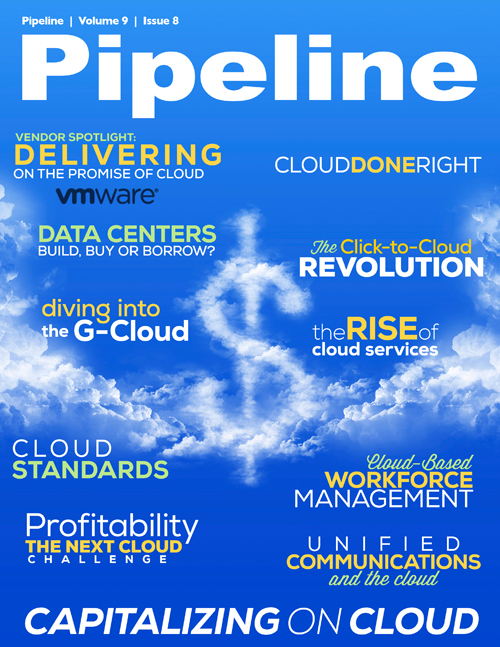Cloud Standards: It's High Time
In order to solve the comparability and interoperability challenges in cloud computing it is absolutely urgent to deploy existing and develop new standards.
Currently, the cloud computing market is governed by a small number of big players, early movers in the field who have established their own proprietary ways of offering up their services.
The cloud market is a provider-centric one: Providers define what the user gets, how a cloud service is used and how much it costs. The user accepts the terms and uses the cloud service or
refuses.
In opposition to de facto standards, which emerged from the current cloud offers, open cloud standards are currently under development. Various standards developing organizations (SDOs) have
published open standards for clouds, and a first set of open standards is ready to be used for infrastructure-as-a-service (IaaS) clouds.
Examples of the existing standards are the Open Virtualization Format (OVF) from DMTF, for the description of virtual machine images; the Cloud Infrastructure Management Interface (CIMI), also
from DMTF, for managing and accessing IaaS resources; the Cloud Data Management Interface (CDMI) from SNIA, for handling object storage; and the Open Cloud Computing Interface (OCCI) from OGF,
for access to IaaS resources. An important aspect currently being discussed by various SDO working groups is the standardization of service-level agreements (SLAs); the TM Forum has published a
handbook on cloud SLAs.
Although the standardization process has just begun, there are already promising initiatives and examples within the IT/ICT (information and communications technology) world that hint at a
successful global implementation of standards. In the Digital Agenda for Europe the EC references the internet as one of the success stories for standards in the ICT sector.
Another prominent example is the Global System for Mobile Communications (GSM) standard, which has been established by the European Telecommunications Standards Institute (ETSI) in collaboration
with telecommunications providers, regulatory bodies and mobile device manufacturers. This standardization process, which took several years, resulted in a globally adopted standard enabling the
interoperability of mobile networks and roaming on an international level.
Before the initiative was started by ETSI, mobile phone providers utilized their own “standards,” where limited interoperability could only be gained through huge efforts.
The new era of cloud services
The major challenges the telecommunications industry encountered at the end of the last century have shifted to the area of cloud computing. The landscape is currently dominated by islands of
cloud users, who are locked in, to a certain extent, by their providers.
There is no, or only very little, interprovider resource balancing, which is mainly due to a large pool of resources. As described earlier, anyone can scale out at any time, but what happens if
those resources rapidly become finite? What if user peaks can’t be covered by the providers? Right now it is neither possible for users to balance their loads between different cloud providers
nor for providers to easily acquire resources to cover their peaks. A standard for IaaS would enable the necessary balancing of resources.
The following need to be addressed urgently: the comparability of cloud services, with standardized descriptions of the services; standards for SLAs; standardized ways of accessing a cloud
service; standardized functionality; and standardized processes for data export and interprovider data transfer.
If successfully addressed, a standardized IaaS stack would enable commoditized cloud services, a step toward the idea and development of new marketplaces, including entire ecosystems, thus
changing the world of resource utilization within cloud computing.



















